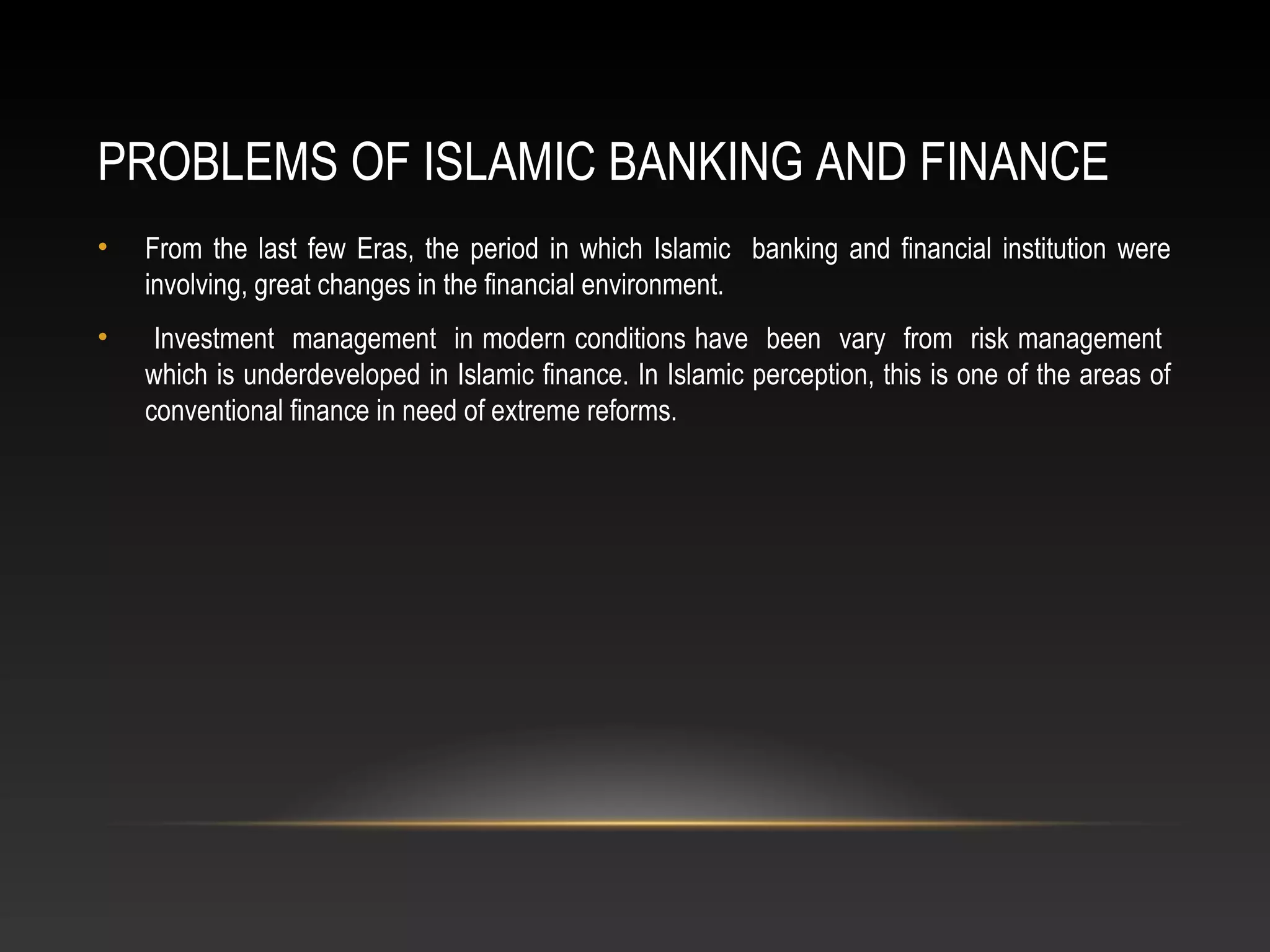Islamic finance is a rapidly growing sector in the global financial system, with over 300 Islamic banks worldwide and significant appeal in developing economies, particularly in the Middle East and Southeast Asia. The industry faces challenges such as risk management and the integration of Sharia principles with modern financial practices, but continues to expand due to increasing demand for ethical financing. The historical roots of Islamic finance date back to the 7th century, with a modern resurgence seen in the establishment of banks and financial products that comply with Islamic law.























































